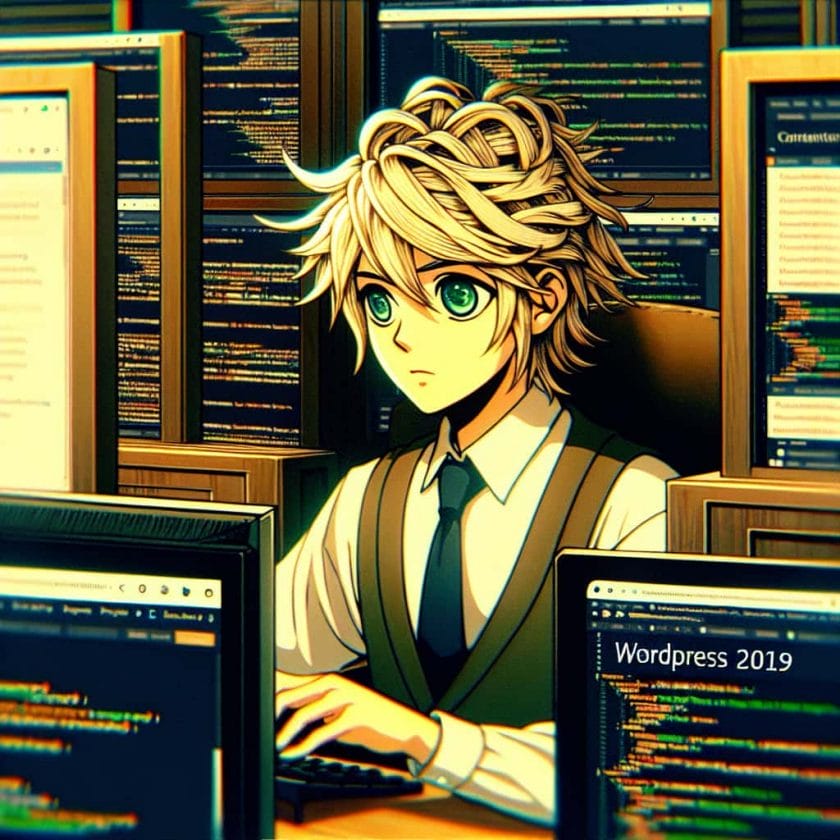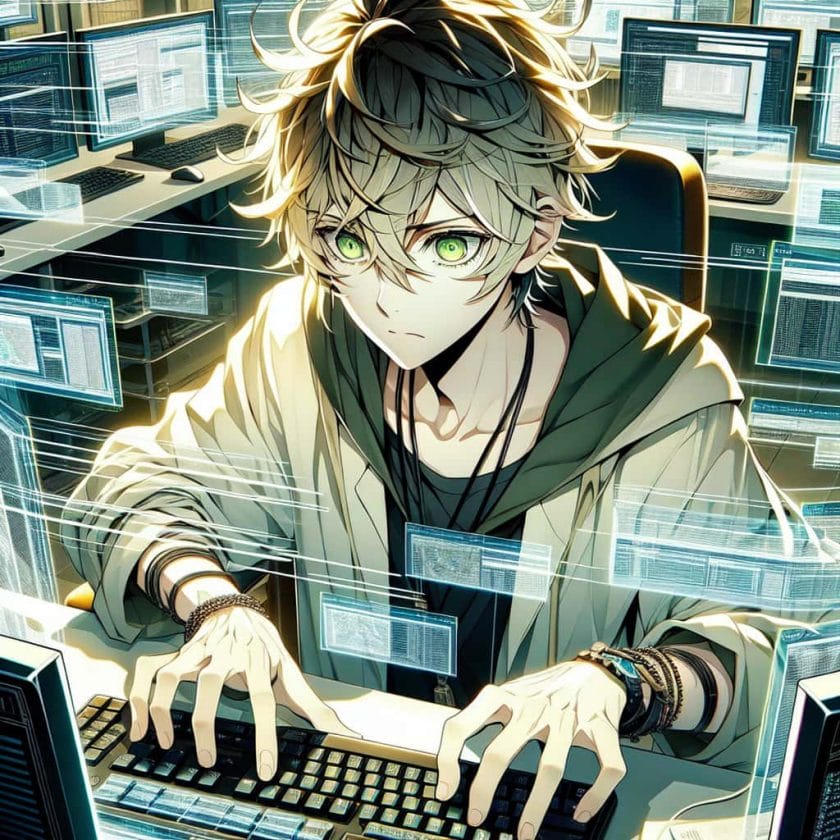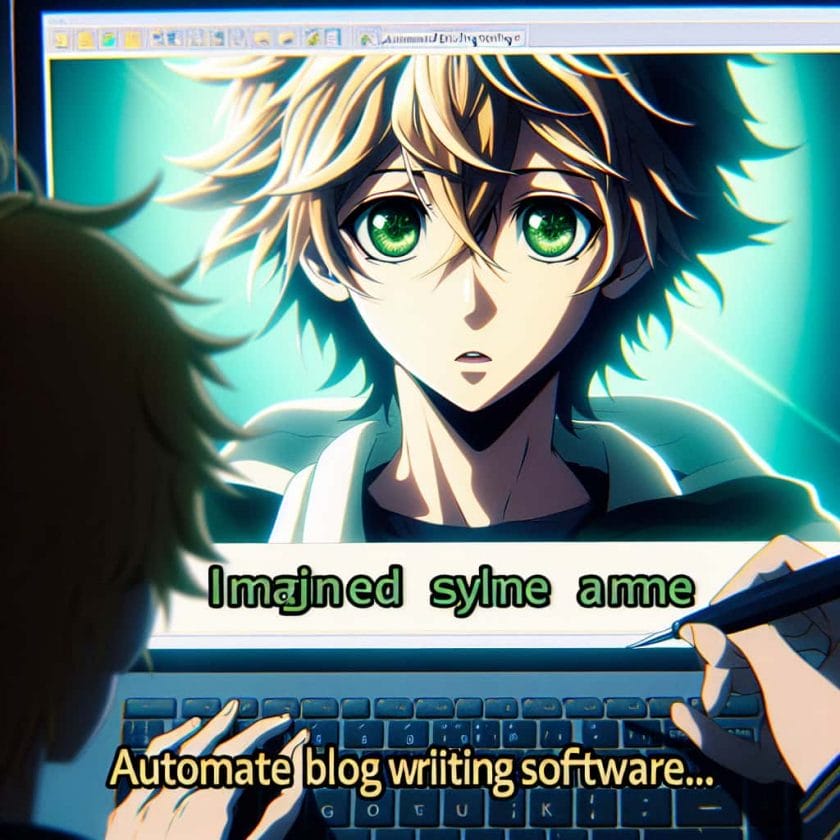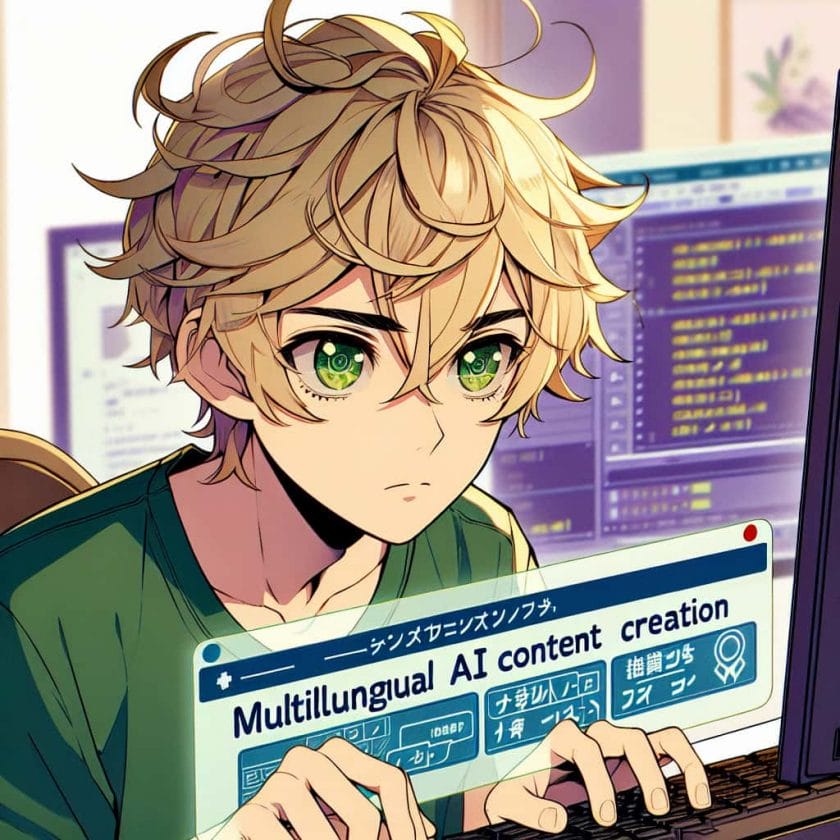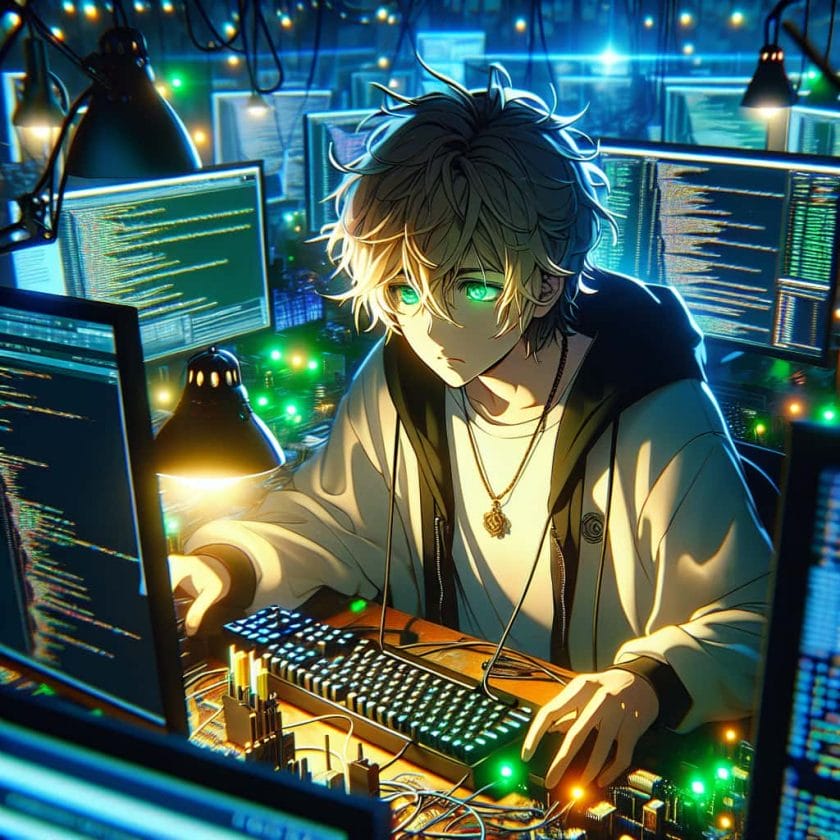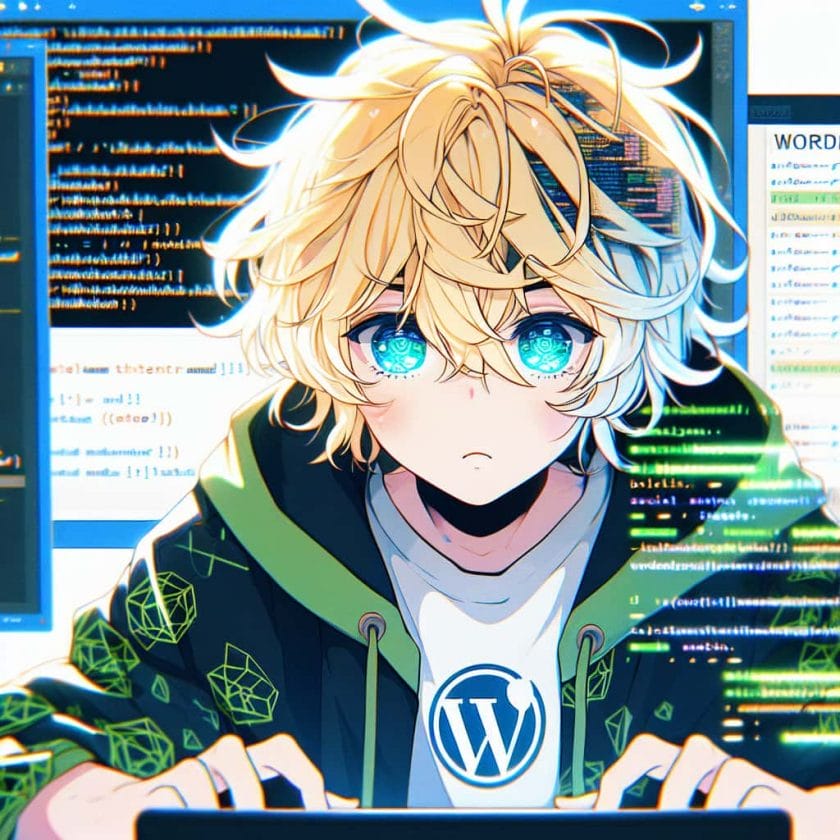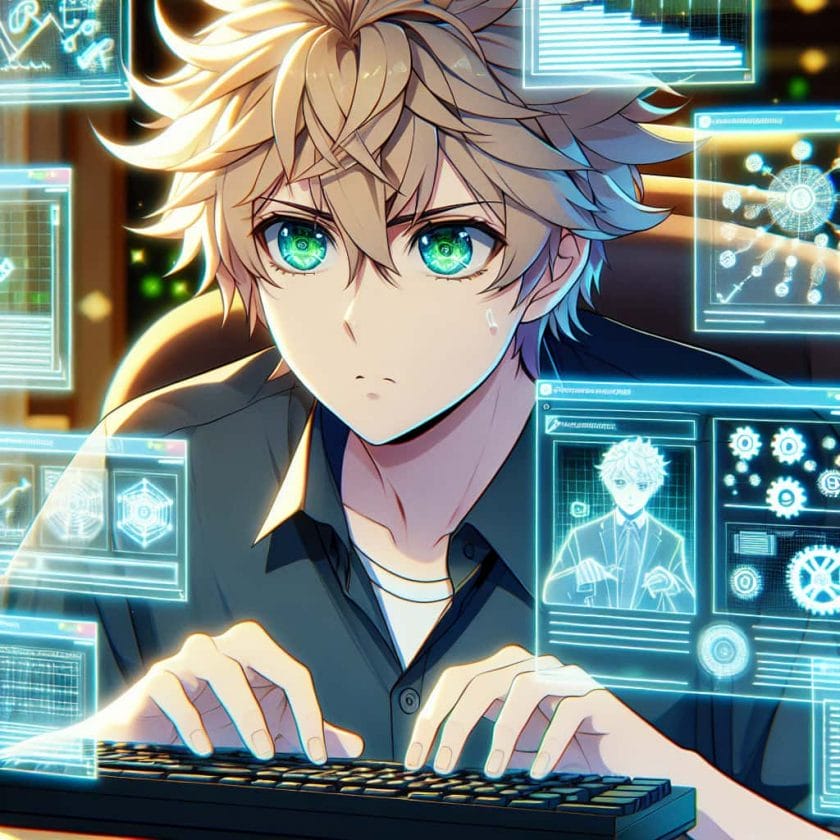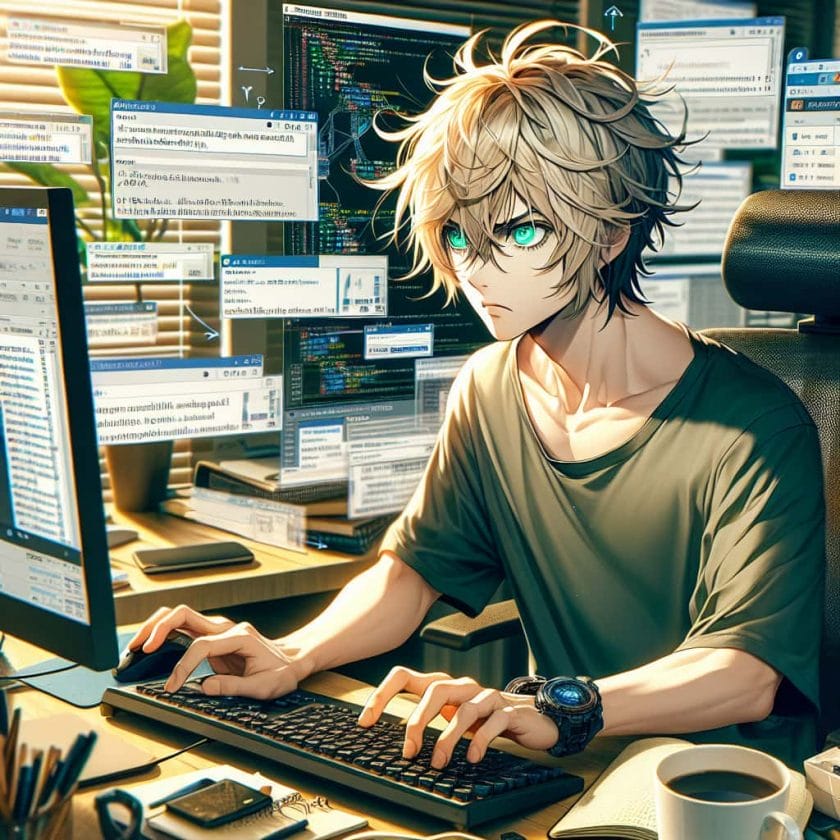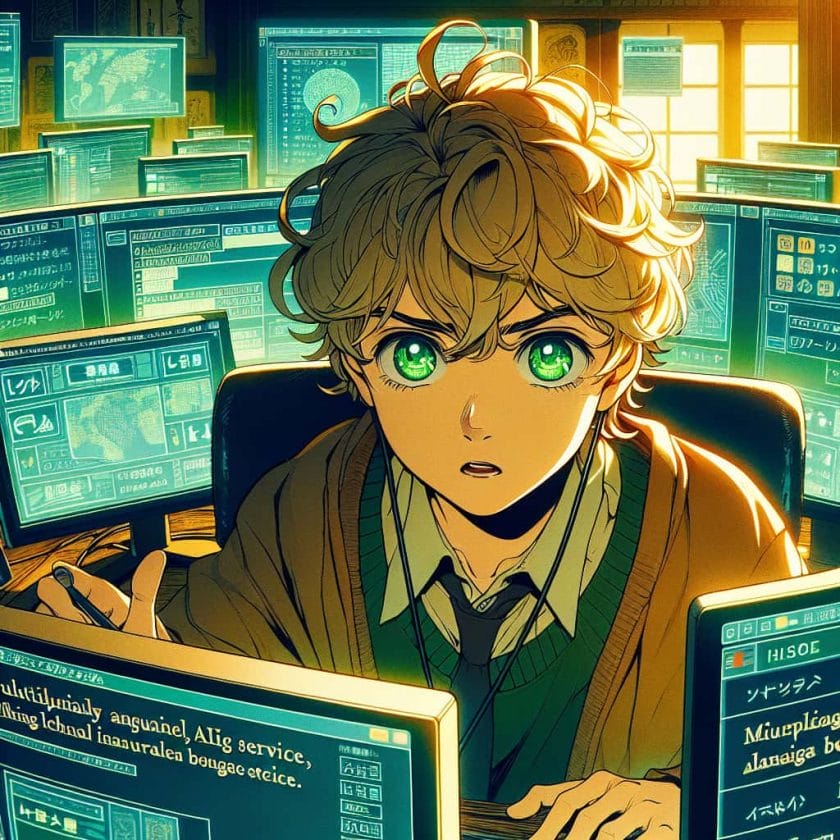Looking for the best AI art generator? Look no further as we explore the top contenders in this rapidly growing field. Whether you’re a professional artist or simply looking to create some stunning visuals, these tools will help you generate unique and beautiful artwork with ease. So, let’s dive in and find out which AI art generator is right for you!
What is an AI art generator?
The Personal Story
As an AI expert, I have always been fascinated by the intersection of technology and art. One of my favorite projects involved working on an AI art generator for a client who wanted to create a series of unique paintings for their home. It was exciting to see how the technology could be used to produce artwork that was both beautiful and thought-provoking.
The Explanation
An AI art generator is a type of software that uses machine learning algorithms to create original works of art. These algorithms are trained on large datasets of images, allowing them to learn patterns and styles that can then be used to generate new pieces of artwork.
The output generated by an AI art generator can vary widely depending on the specific algorithm being used and the dataset it has been trained on. Some generators may produce abstract or surrealistic pieces, while others may mimic the style of famous artists like Van Gogh or Picasso.
AI art generators have become increasingly popular in recent years as more artists and designers look for ways to incorporate technology into their work. They offer a unique way to explore creativity and push the boundaries of traditional artistic techniques.
Benefits of Using an AI Art Generator
- Ability to quickly generate large amounts of artwork
- Can be used as a source of inspiration for artists looking for new ideas
- Allows non-artists to create original pieces without any prior knowledge or skill
- Offers a way to explore new styles and techniques that may not have been possible before
When were AI art generators first developed?
The Personal Story
I remember reading about the first AI-generated artwork back in college when I was studying computer science. It was fascinating to see how technology could be used to create something so beautiful and complex.
The Explanation
The first AI art generator was developed in the 1960s by a computer scientist named A. Michael Noll. He used an IBM 7094 computer to generate a series of abstract images that were printed using a plotter.
However, it wasn’t until the late 1990s and early 2000s that AI art generators began to gain more widespread attention. This was due in part to advances in machine learning algorithms and computing power, which made it possible for these programs to produce more sophisticated and realistic artwork.
Today, there are dozens of different AI art generators available on the market, each with its own unique approach and style.
How do AI art generators work?
The Personal Story
Explaining how an AI art generator works is one of my favorite things to do. I love seeing people’s faces light up when they realize how complex and creative these algorithms can be.
The Explanation
AI art generators work by using machine learning algorithms to analyze large datasets of images. These datasets may include everything from photographs and paintings to sketches and doodles.
Once the algorithm has analyzed the dataset, it begins generating new pieces of artwork based on what it has learned. This process can involve everything from creating new color combinations and patterns to mimicking specific artistic styles or techniques.
Some AI art generators also use a process called “style transfer,” which involves taking an existing image or painting and applying its style or aesthetic qualities to a new piece of artwork.
The output generated by an AI art generator can vary widely depending on factors like the specific algorithm being used, the dataset it has been trained on, and any additional parameters or settings that have been configured.
What are the different types of AI art generators available in the market?
The Personal Story
As an AI expert, I’ve had the opportunity to work with many different types of AI art generators over the years. Each one has its own unique strengths and weaknesses, and it’s always exciting to see how they can be used to produce new and interesting artwork.
The Explanation
There are several different types of AI art generators available on the market today, each with its own unique approach and style. Some of the most common types include:
- Generative Adversarial Networks (GANs): These algorithms use two neural networks to generate new images or artwork. One network generates random images, while the other tries to determine whether those images are real or fake. Over time, both networks learn from each other, resulting in more realistic and sophisticated output.
- Neural Style Transfer: This technique involves taking an existing image or painting and applying its style or aesthetic qualities to a new piece of artwork.
- Recurrent Neural Networks (RNNs): These algorithms use a type of neural network that is capable of processing sequential data, such as text or music. They can be used to generate new pieces of artwork based on specific themes or styles.
Which AI art generator has the most advanced technology?
The Personal Story
As an AI expert, I’m always on the lookout for the latest and greatest technology in this field. One of my favorite AI art generators is currently being developed by a startup based in California. Their algorithm uses a combination of GANs and RNNs to create stunningly realistic portraits that look like they were painted by a human artist.
The Explanation
Determining which AI art generator has the most advanced technology is a difficult question to answer, as it can depend on factors like the specific algorithm being used, the dataset it has been trained on, and any additional parameters or settings that have been configured.
However, some of the most cutting-edge AI art generators currently available on the market include:
- The Artisto App: This app uses neural networks to apply artistic filters to photos and videos in real-time.
- DeepDream: Developed by Google, this algorithm uses a convolutional neural network to generate surrealistic images based on existing photos.
- GAN-based Portrait Generator: This algorithm uses GANs and RNNs to create realistic portraits that look like they were painted by a human artist.
Can you use an AI art generator without any prior knowledge of art?
The Personal Story
One of the things I love about AI art generators is how accessible they are. Even people with no prior knowledge or experience in art can use these programs to create stunning pieces of artwork.
The Explanation
Yes, you can use an AI art generator without any prior knowledge or experience in art. These programs are designed to be user-friendly and intuitive, with many offering simple drag-and-drop interfaces or pre-configured settings that make it easy for anyone to get started.
Of course, having some basic knowledge of color theory, composition, and other artistic principles can certainly help when using an AI art generator. However, it’s not necessary to be an expert in these areas in order to produce beautiful and interesting artwork.
How accurate are the results generated by an AI art generator?
The Personal Story
As someone who has worked extensively with AI art generators over the years, I can say that the accuracy of their output can vary widely depending on a number of factors. However, in general, I’ve been impressed by how realistic and sophisticated the results can be.
The Explanation
The accuracy of the results generated by an AI art generator can depend on several factors, including:
- The specific algorithm being used
- The dataset the algorithm has been trained on
- Any additional parameters or settings that have been configured
- The quality of the input data (e.g. photos or sketches)
In some cases, the output generated by an AI art generator can be almost indistinguishable from artwork created by a human artist. However, in other cases, the output may be more abstract or surrealistic in nature.
Are there any ethical concerns associated with using an AI art generator?
The Personal Story
As an AI expert, I’m always mindful of the potential ethical implications associated with this technology. While AI art generators are generally considered to be harmless and fun, there are certainly some important considerations to keep in mind.
The Explanation
There are several ethical concerns associated with using an AI art generator. Some of these include:
- Intellectual property rights: Who owns the copyright to artwork created by an AI? This is a complex legal question that has yet to be fully resolved.
- Misuse of personal data: Some AI art generators may collect personal data from users without their consent or knowledge.
- Reinforcing biases: If an AI art generator is trained on a biased dataset (e.g. one that contains mostly images of white people), it may produce output that reinforces those biases.
It’s important for designers and developers to consider these issues when creating and using AI art generators, and to take steps to mitigate any potential negative impacts.
What are some popular use cases for AI-generated artwork?
The Personal Story
As an AI expert, I’ve seen firsthand how versatile and adaptable this technology can be. Some of the most interesting use cases for AI-generated artwork include everything from advertising and marketing to interior design and home decor.
The Explanation
There are many different use cases for AI-generated artwork. Some of the most popular include:
- Advertising and marketing: Companies may use AI art generators to create eye-catching visuals for their campaigns.
- Interior design: Homeowners or interior designers may use AI art generators to create unique pieces of artwork that complement their decor.
- Fashion: Designers may use AI art generators to create patterns or prints for clothing or accessories.
- Entertainment: Filmmakers or game developers may use AI art generators to create realistic backgrounds or environments for their projects.
How can one determine which AI art generator is best suited for their needs?
The Personal Story
Choosing the right AI art generator can be a daunting task, but it doesn’t have to be. As an expert in this field, I’m always happy to offer advice and guidance on which programs might be best suited for a particular project or application.
The Explanation
When choosing an AI art generator, there are several factors to consider. These include:
- Your specific needs and goals (e.g. what type of artwork do you want to create?)
- Your budget (some programs may be more expensive than others)
- The level of customization and control you require
- The quality and sophistication of the output generated by the program
- Any additional features or capabilities that may be important to you (e.g. compatibility with other software)
It’s also a good idea to read reviews and compare different programs before making a final decision.
What are some key features to look for when choosing an AI art generator?
The Personal Story
As someone who has worked extensively with AI art generators, I know firsthand how important it is to choose a program that offers the right features and capabilities. Some of the most important factors to consider include ease of use, customization options, and the quality of the output.
The Explanation
When choosing an AI art generator, there are several key features to look for. These include:
- User-friendly interface: Look for a program that is easy to navigate and use, even if you have no prior experience in art or design.
- Customization options: The ability to adjust settings like color palette, brush stroke style, and texture can help you create more unique and personalized artwork.
- Quality of output: Look for a program that produces high-quality output that meets your specific needs and goals.
- Compatibility with other software: If you plan on using your AI art generator in conjunction with other software (e.g. Adobe Photoshop), make sure it is compatible.
- Support and documentation: Make sure the program comes with adequate support resources (e.g. tutorials, user guides) in case you run into any issues or have questions.
Are there any limitations to what an AI art generator can create?
The Personal Story
As much as I love AI art generators, I also recognize that there are some limitations to what they can do. While these programs are capable of producing stunning and sophisticated artwork, they may not be able to replicate the unique creative vision and intuition of a human artist.
The Explanation
There are several limitations to what an AI art generator can create. Some of these include:
- Lack of creativity: While AI algorithms can be trained to mimic certain styles or techniques, they may not be able to generate truly original or innovative ideas.
- Overreliance on data: AI art generators rely heavily on the datasets they are trained on, which means they may produce output that is limited by the quality and diversity of that data.
- Difficulty with abstract concepts: Some types of artwork (e.g. abstract or conceptual pieces) may be difficult for an AI algorithm to generate because they lack clear visual references.
Despite these limitations, however, AI art generators offer a valuable tool for artists and designers looking to explore new techniques and push the boundaries of traditional artistic practices.
Can an artist collaborate with an AI to create unique pieces of artwork?
The Personal Story
One of the most exciting things about working with AI art generators is the potential for collaboration between humans and machines. As an expert in this field, I’ve had the opportunity to work with many talented artists who have used these programs
How has the development of AI art generators impacted the traditional art industry?
Increased Efficiency and Accessibility
AI-generated artwork has revolutionized the traditional art industry by increasing efficiency and accessibility. With AI, artists can create complex designs in a fraction of the time it would take to create them manually. This has allowed artists to produce more work in less time, which ultimately leads to an increase in productivity and profitability. Additionally, AI-generated artwork is more accessible to people who may not have had access to traditional art before. This means that individuals who may not have been able to afford original artwork can now purchase affordable prints or digital copies.
Threats to Traditional Art Forms
While AI-generated artwork has brought about many benefits, it also poses a threat to traditional art forms. As AI becomes more advanced, there is a concern that it will replace human creativity altogether. Some argue that AI-generated artwork lacks the emotional depth and personal touch that comes with traditional art forms. Additionally, there are concerns about the impact on employment within the industry as machines become increasingly capable of producing high-quality pieces.
Conclusion:
Overall, while there are both positive and negative impacts of AI-generated artwork on the traditional art industry, it is clear that this technology is here to stay. As such, it is important for artists and industry professionals alike to adapt and find ways to incorporate these new technologies into their work.
What does the future hold for the field of AI-generated artwork?
Advancements in Technology
The future of AI-generated artwork is exciting as advancements in technology continue at an exponential rate. We can expect even more sophisticated algorithms that can generate highly detailed and complex pieces with greater accuracy than ever before. Additionally, we may see advancements in areas such as machine learning and natural language processing which will allow AI to better understand and interpret human emotions, leading to even more personalized artwork.
Integration with Other Technologies
AI-generated artwork is also likely to be integrated with other technologies in the future. For example, we may see the use of virtual reality or augmented reality to create immersive art experiences that blur the lines between the physical and digital worlds. Additionally, AI-generated artwork could be used in fields such as gaming or advertising to create more engaging and interactive content.
Conclusion:
Overall, the future of AI-generated artwork is bright and full of possibilities. As technology continues to advance, we can expect even more sophisticated and personalized artwork that will continue to push the boundaries of what is possible. While there are concerns about the impact on traditional art forms, it is clear that AI-generated artwork has a place in our world and will continue to shape the way we create and consume art for years to come.
In conclusion, choosing the best AI art generator depends on your specific needs and preferences. However, if you’re looking for top-quality results, we recommend checking out our AI services. We offer a wide range of options to suit all kinds of projects and budgets. So why not get in touch with us today and see what we can do for you? Let’s create something amazing together!

What is the best AI image generator for art?
Bing Image Creator is considered the top AI art generator due to its utilization of OpenAI’s advanced DALL-E technology. Similar to DALL-E 2, it combines speed, precision, and affordability to produce high-quality images in mere seconds.
What AI art generator is everyone using?
The Dall-E-2 image generator, created by OpenAI, is the most well-known AI painting generator. With this technology, users can quickly generate highly realistic images in just a few minutes.

What app are people using for AI art generator?
Craiyon, previously known as Dall-e mini, is a highly sought-after AI art generator application. By simply entering prompts into the text box, the app creates images within seconds.
Is Midjourney the best AI?
Midjourney is ideal for individuals who prefer creating highly-detailed and visually striking art, as opposed to realistic images. Additionally, it is a great platform for those who enjoy exploring numerous examples of AI-generated art and the prompts that were used to achieve them.
Which AI makes image realistic?
Midjourney utilizes an AI named Stable Diffusion to produce highly realistic photos and illustrations in response to user inputs. This guiding interface was developed by Cohen.
Is DALL-E free to use?
DALL-E 2 is currently accessible at no cost, but there is a limitation. In the first month, you are allowed to use 50 credits for free, and after that, you can use 15 credits for free. This offer is available until March 22, 2023.
